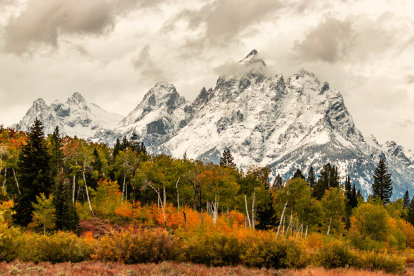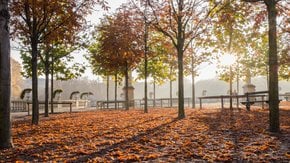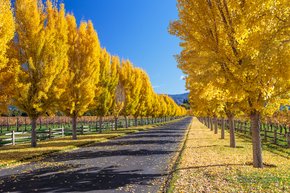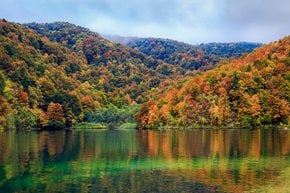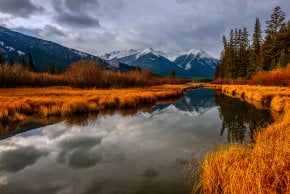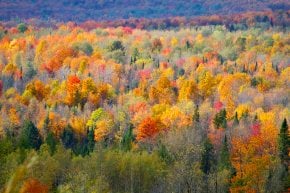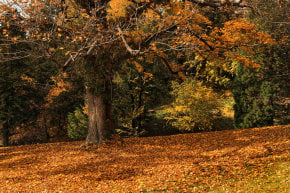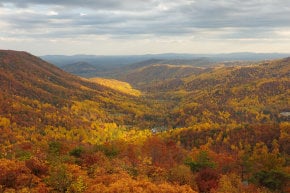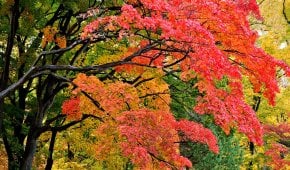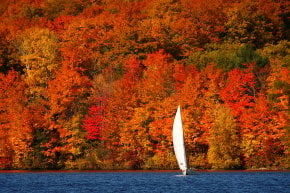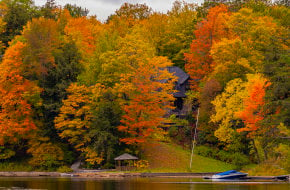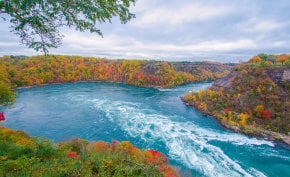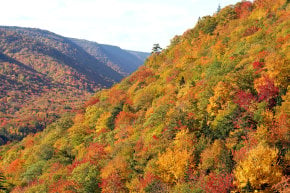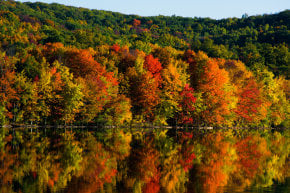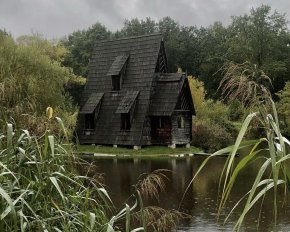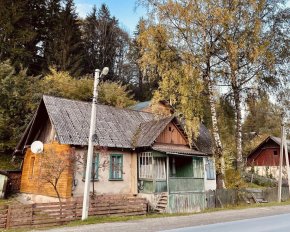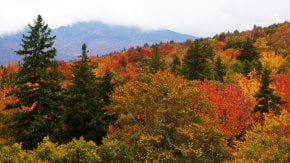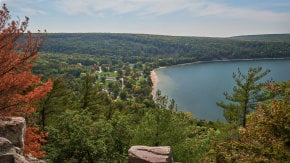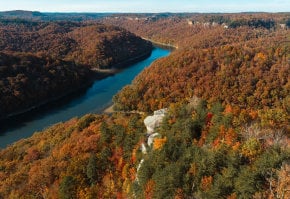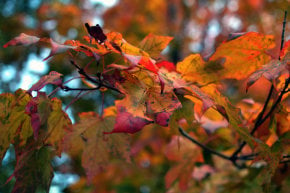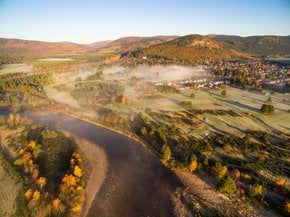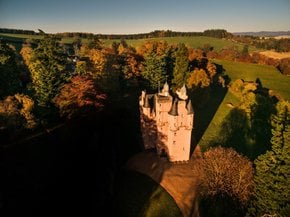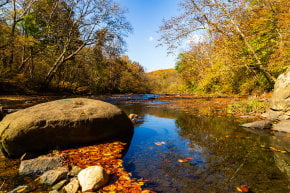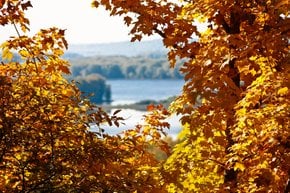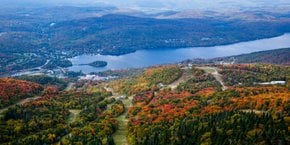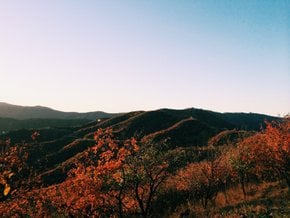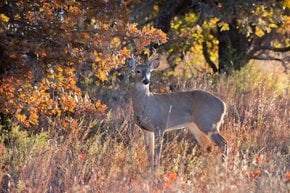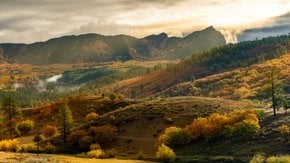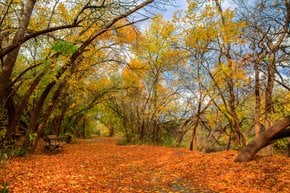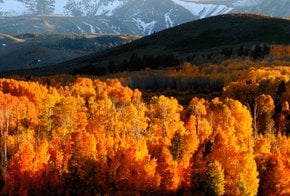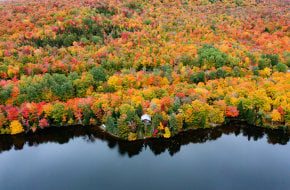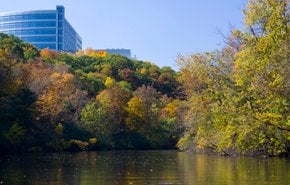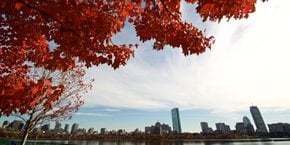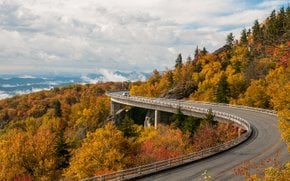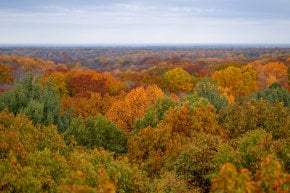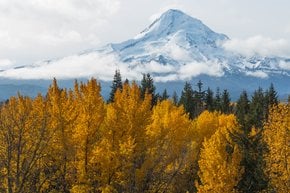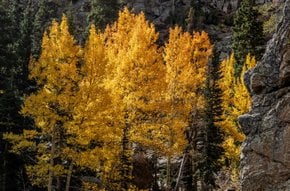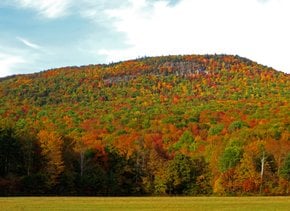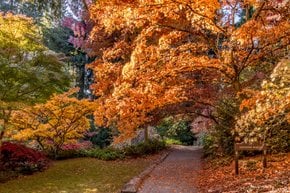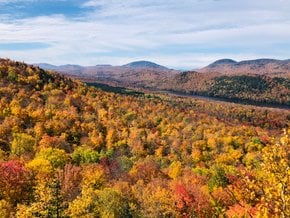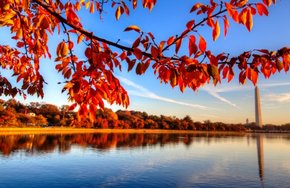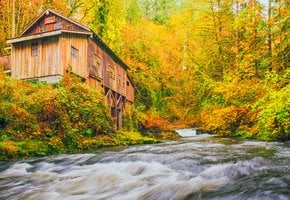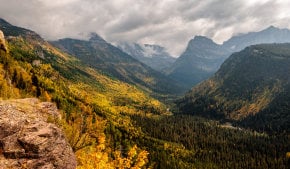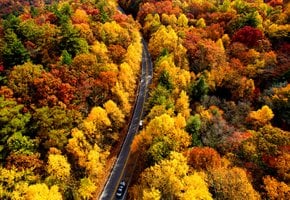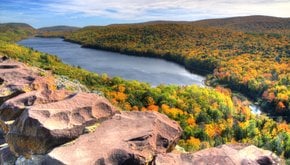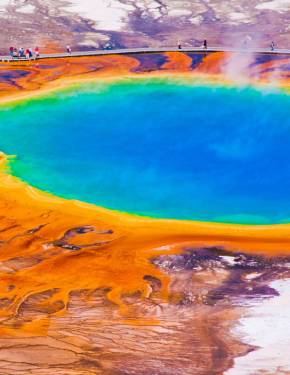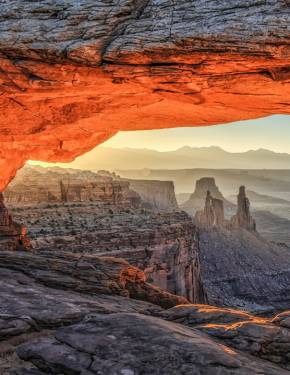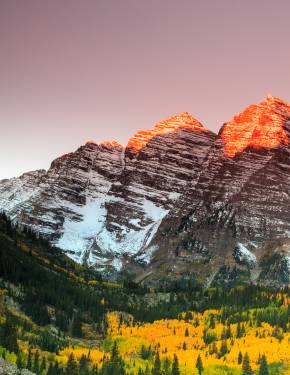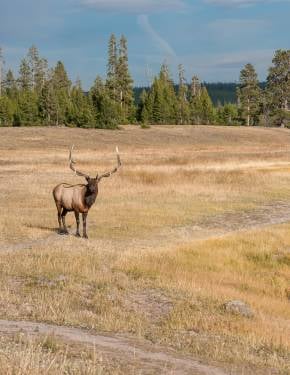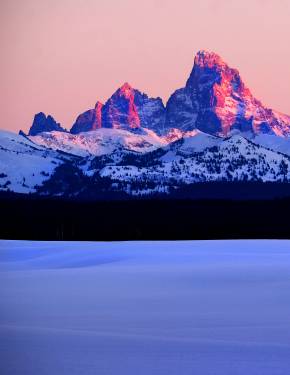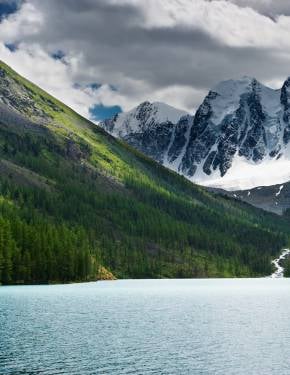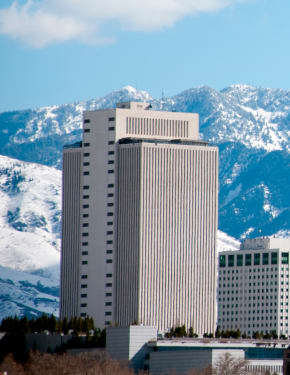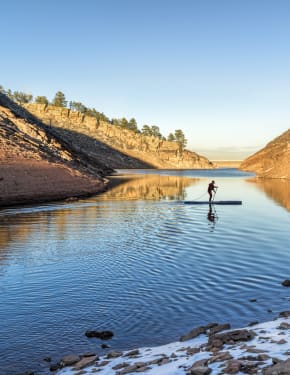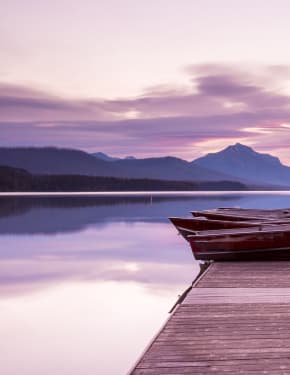Fall Colors in Grand Teton National Park, WY 2026
Aspens ablaze with autumn colors are framed with rugged Teton mountains
Best time: late September–early October
Grand Teton National Park in northwestern Wyoming transforms into a vibrant canvas of fall colors each year, drawing visitors eager to witness its spectacular autumnal display. As the summer warmth fades, the park's diverse foliage—featuring golden cottonwoods, vivid aspen groves, and scarlet black hawthorns—creates a stunning contrast against the snow-capped Teton Range. Located between Jackson, Wyoming, and Yellowstone, the park offers an unforgettable experience for nature enthusiasts and photographers.
Peak Fall Colors
The fall colors in Grand Teton National Park typically begin to appear in early September and last until mid-October. Peak foliage usually occurs from the last week of September through the first week of October. The timing can vary annually depending on weather conditions, with cooler temperatures and ample sunlight enhancing the intensity of the colors.
Best Viewing Spots
Oxbow Bend
Oxbow Bend, a must-see for every leaf peeper, is located at a crescent-shaped section of the Snake River between Jackson Lake and Mount Moran. This scenic overlook is one of the most photographed spots in Grand Teton National Park, offering breathtaking views in the fall.
Snake River Overlook
Located off highway US-191, this overlook provides stunning vistas of the Jackson River Valley and the Teton Range, adorned with evergreens and seasonal colors.
Laurance S. Rockefeller Preserve
Accessible via Moose-Wilson Road, this preserve features several picturesque hikes, including the 5.8-mile Aspen Ridge-Boulder Ridge Loop, which showcases brilliant fall foliage near Phelps Lake.
Schwabacher’s Landing
Schwabacher’s Landing, another scenic gem on the Snake River east of Grand Teton, is accessible via I-89 followed by a dirt road. Popular with anglers and river rafters, this area also features trailheads for several hikes. A walk along the Snake River here offers views of abundant cottonwoods and perfect reflections of the stunning Teton peaks.
Scenic Drives
Exploring Grand Teton by car offers spectacular views and the chance to spot wildlife, especially active in the fall. Drive along the scenic Moose-Wilson Road, connecting Moose and Wilson, where moose frequently cross. From Moose, continue on Teton Park Road, which runs along the base of the Teton Range to Jackson Lake, offering stunning mountain vistas. Another scenic route is the 12-mile Fall Creek Road, running from Wilson through the heart of the Teton Range. For a different perspective, take a float trip on the Snake River to enjoy the best views from the water.
Activities
Grand Teton National Park offers a variety of activities to enjoy the fall scenery. Numerous hiking trails remain open, allowing visitors to explore the park's vibrant landscapes, with popular hikes in the Laurance S. Rockefeller Preserve and around Jenny Lake. Boating rentals are available at several locations, including Jackson Lake, where visitors can appreciate the reflective beauty of the fall colors from the water. Additionally, fall is a prime time for wildlife viewing, as many animals, including elk, moose, and bears, are particularly active.
Operating Hours, Entrance Fees, and Parking
Grand Teton National Park is open 24 hours a day, year-round. Visitor centers and facilities have varying hours, with some closing or reducing hours after September. The entrance fee for a private vehicle is $35, while motorcycles are $30 and individuals on foot or bicycle are $20. An annual pass is available for $70, and the America the Beautiful Pass offers additional discounts and access to other national parks. Ample parking is available at key locations throughout the park, though popular spots can fill up quickly during peak seasons.
Nearby Accommodations and Infrastructure
Located just south of the park, Jackson offers a range of accommodations, dining options, and amenities for visitors. It's a convenient base for exploring Grand Teton and nearby Yellowstone National Park. Within the park, Colter Bay Village provides lodging, a marina, and other services, making it a great spot for extended stays.
Photography
Grand Teton National Park provides exceptional opportunities for photography enthusiasts, offering perfect backdrops for memorable photos, especially during the golden hours of sunrise and sunset. Visitors can participate in photo workshops like the Mountain Grandeur Photo Workshop, scheduled for September 23-27, 2024. This workshop includes field shoots at renowned spots such as Oxbow Bend, Snake River Overlook, Mormon Row, Jenny Lake, Schwabacher Landing, Jackson Lake, and String Lake. It also features sessions on image workflow, from RAW processing to finished prints, using Adobe Lightroom and Photoshop. The workshop costs $3,990 and includes accommodation, buffet breakfast, and comprehensive photography instruction, ensuring a rich experience for all participants.
History
Grand Teton National Park, established in 1929, is a testament to the region's rich natural and cultural history. The park preserves the majestic Teton Range and the lush valley of Jackson Hole, an area long inhabited by Native American tribes. In the early 19th century, fur trappers, known as "mountain men," explored the area, followed by settlers and homesteaders in the late 1800s. Efforts to protect this stunning landscape were spearheaded by John D. Rockefeller, Jr., who purchased and donated significant land to expand the park. Today, Grand Teton National Park stands as a symbol of conservation and the enduring beauty of the American West, attracting millions of visitors annually to experience its breathtaking vistas and diverse wildlife.

